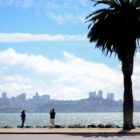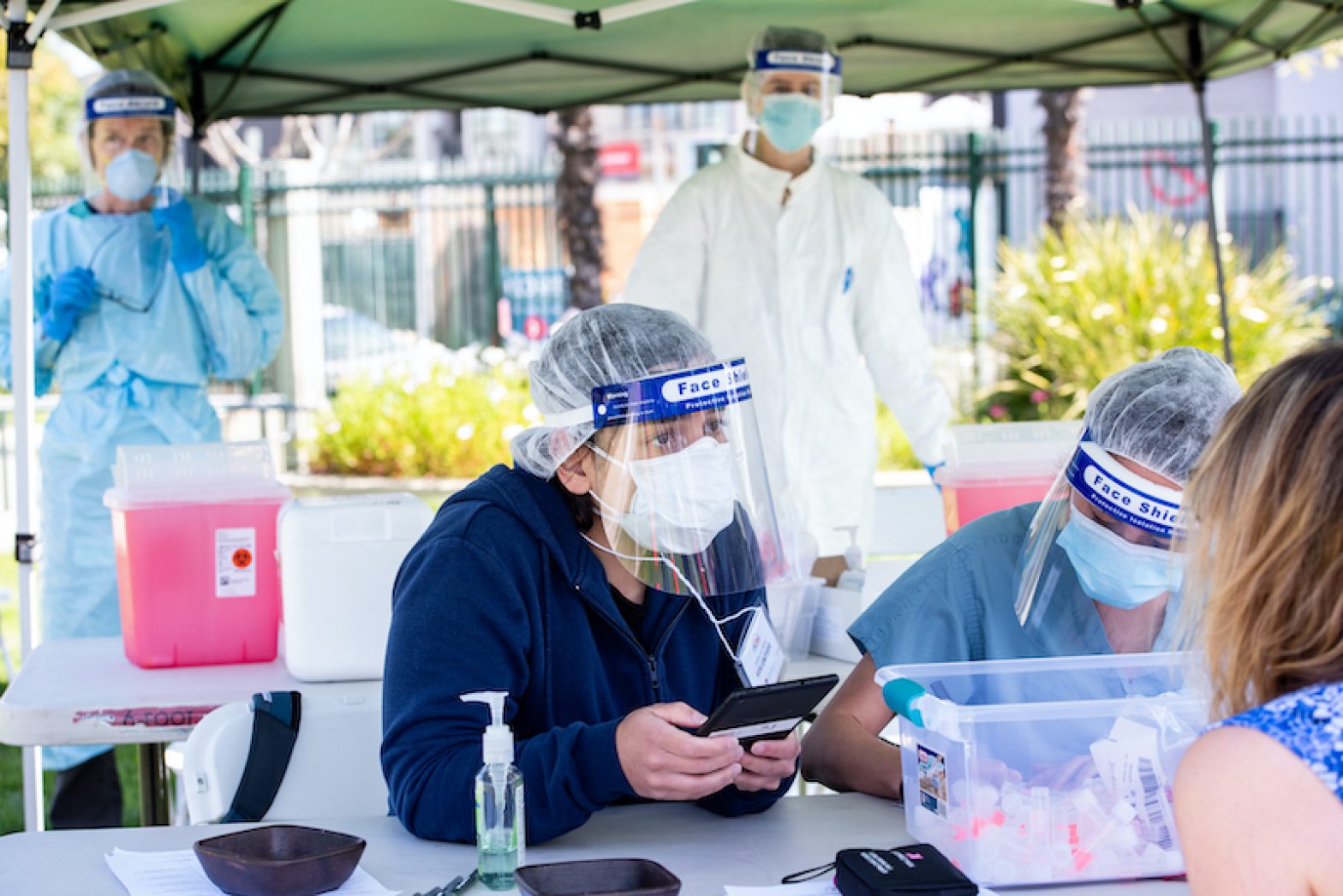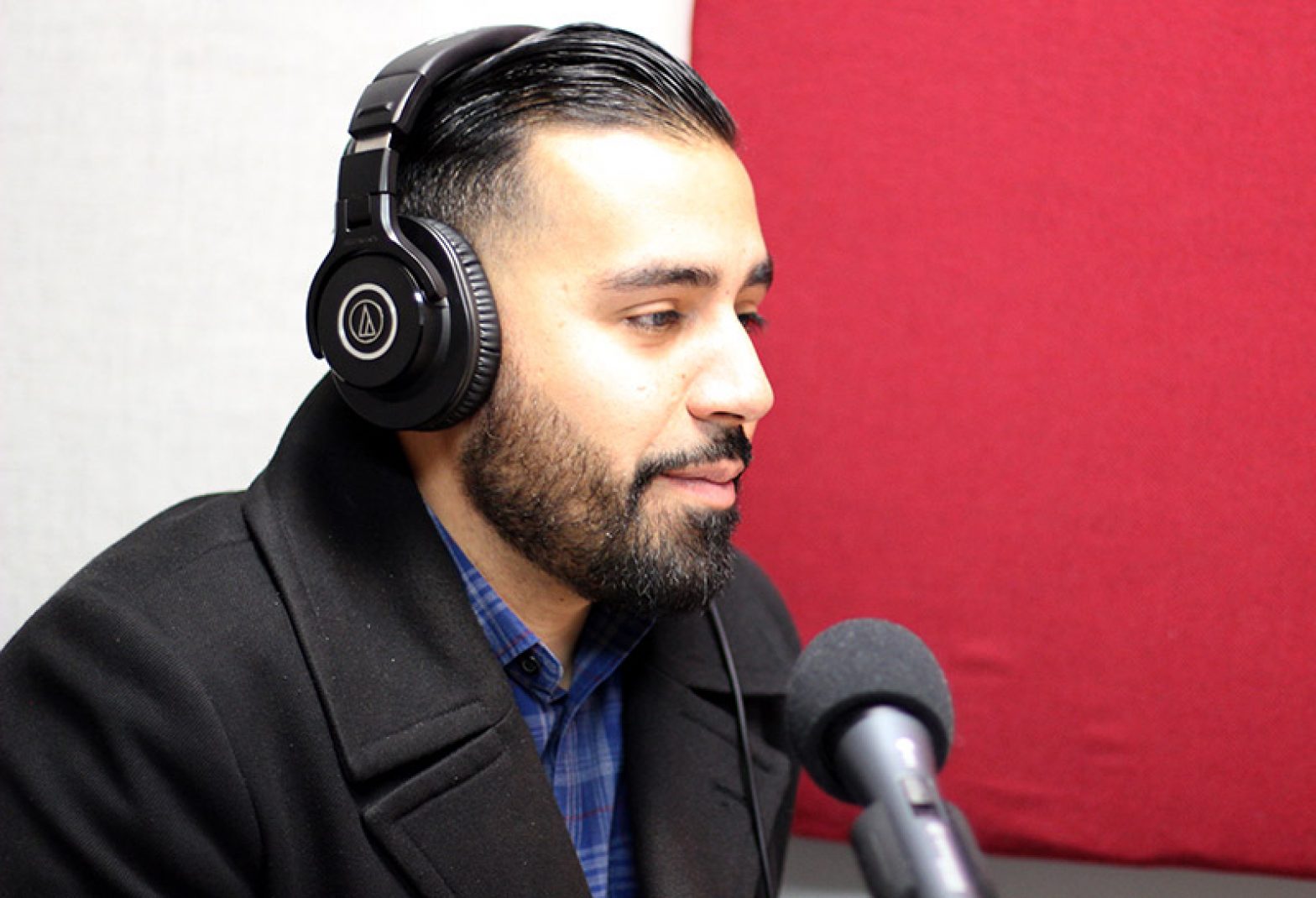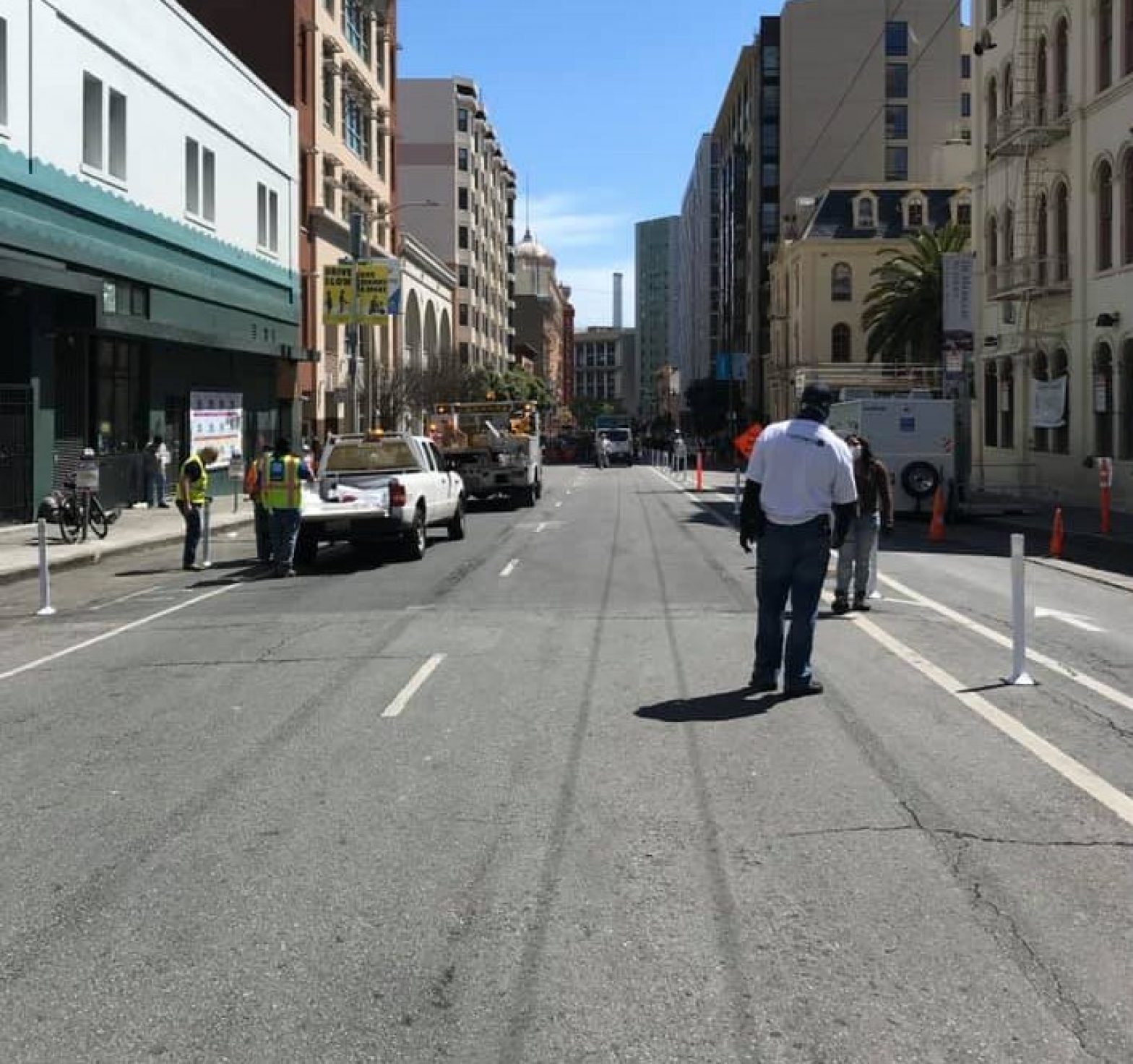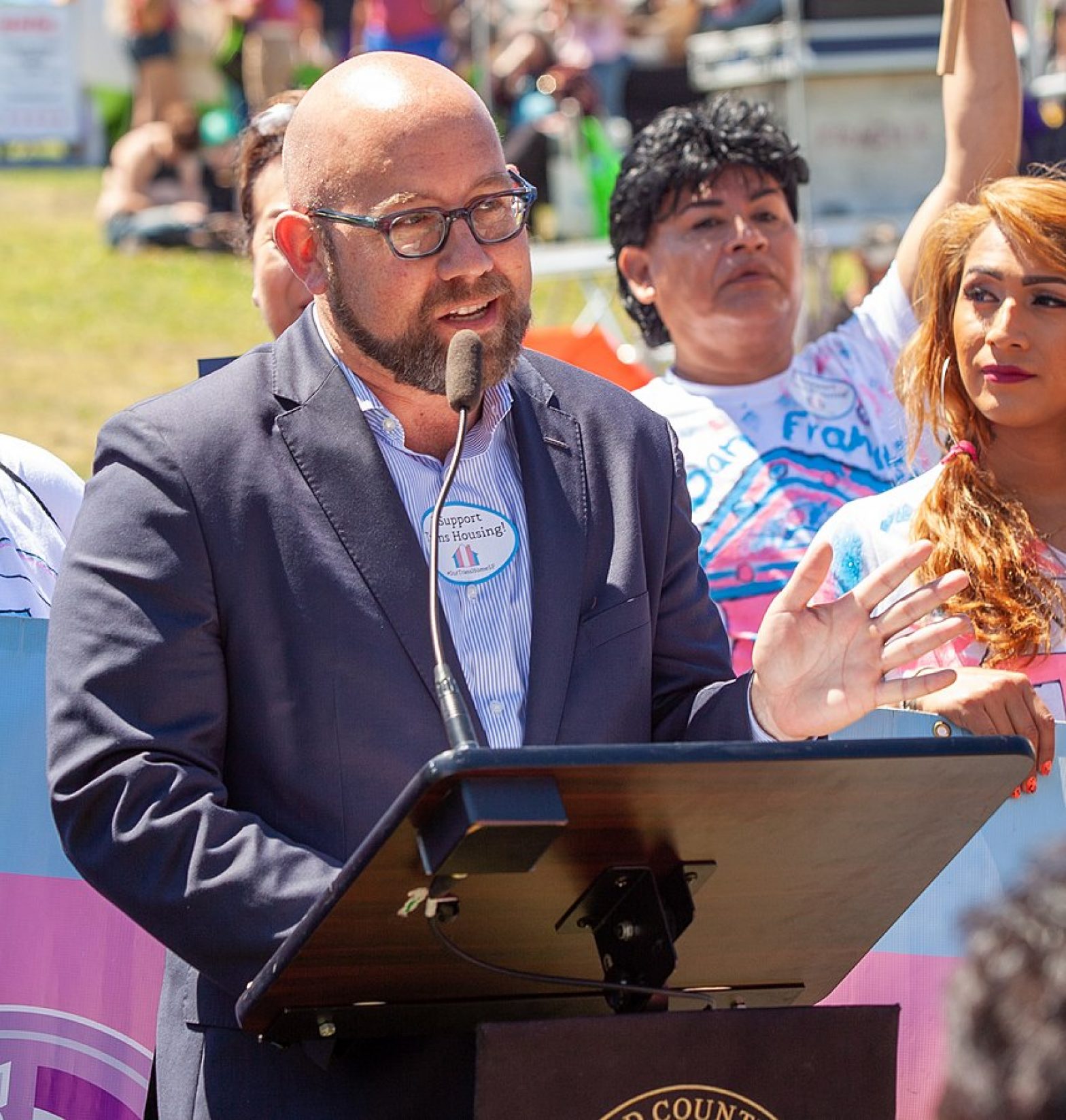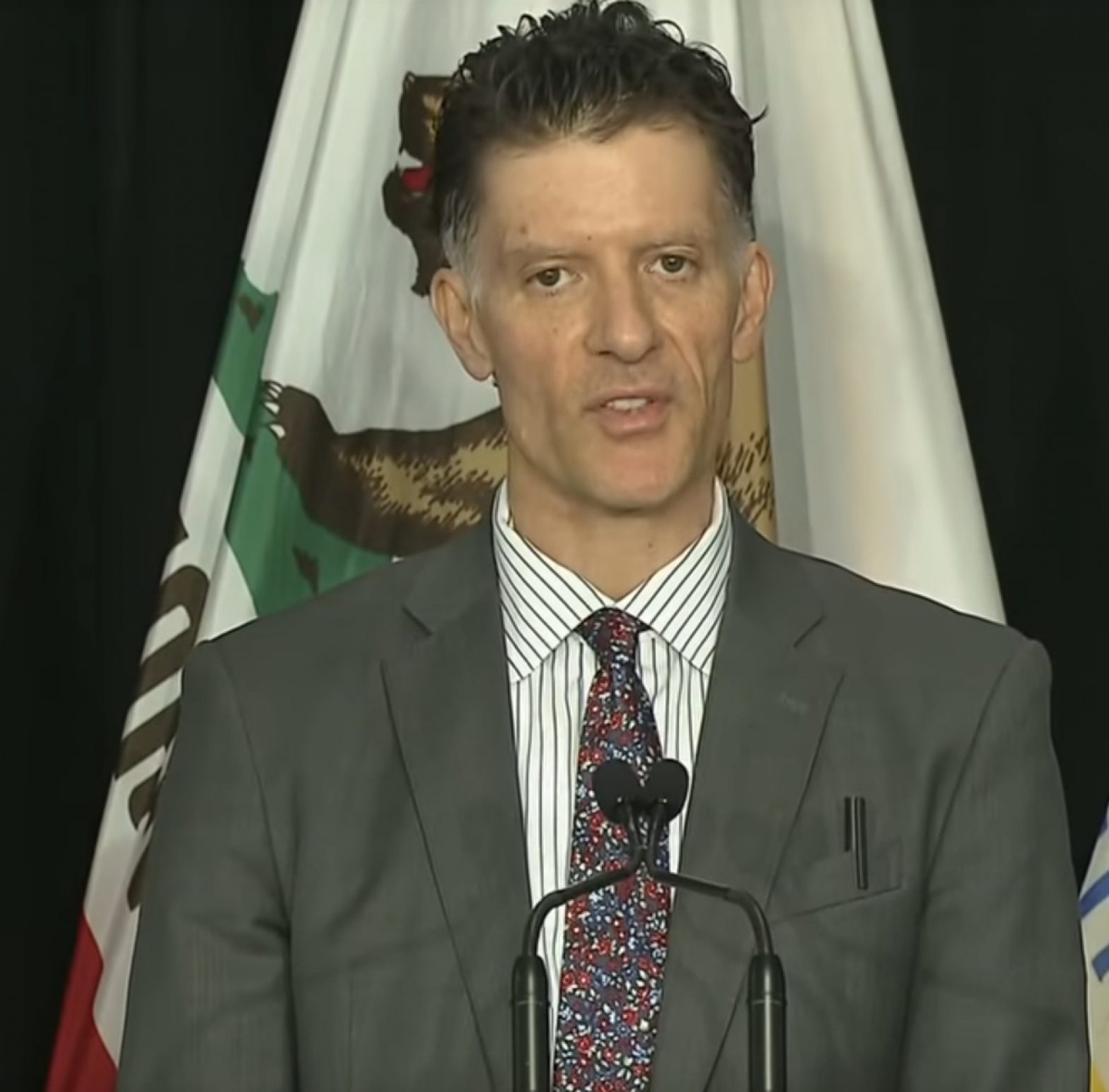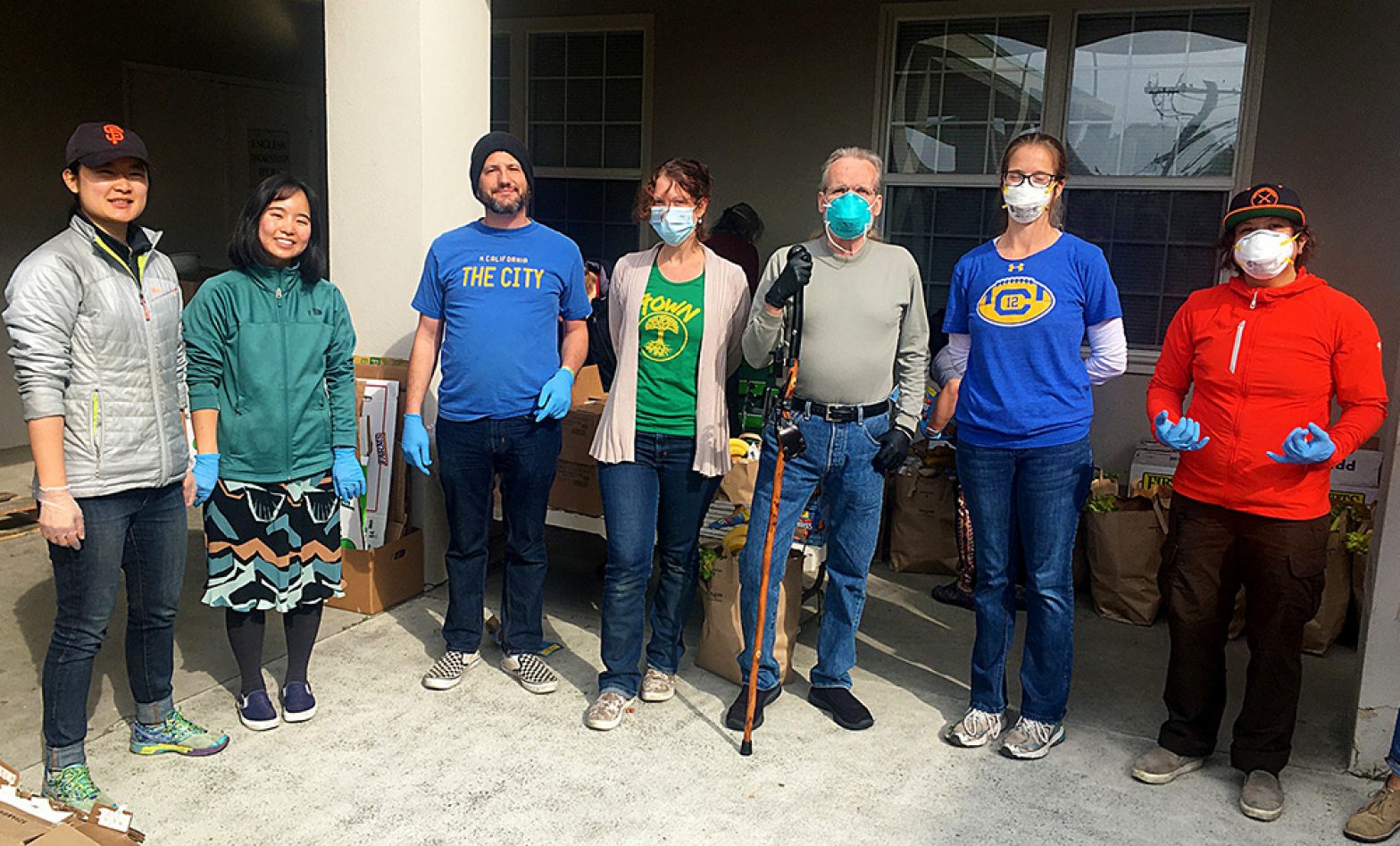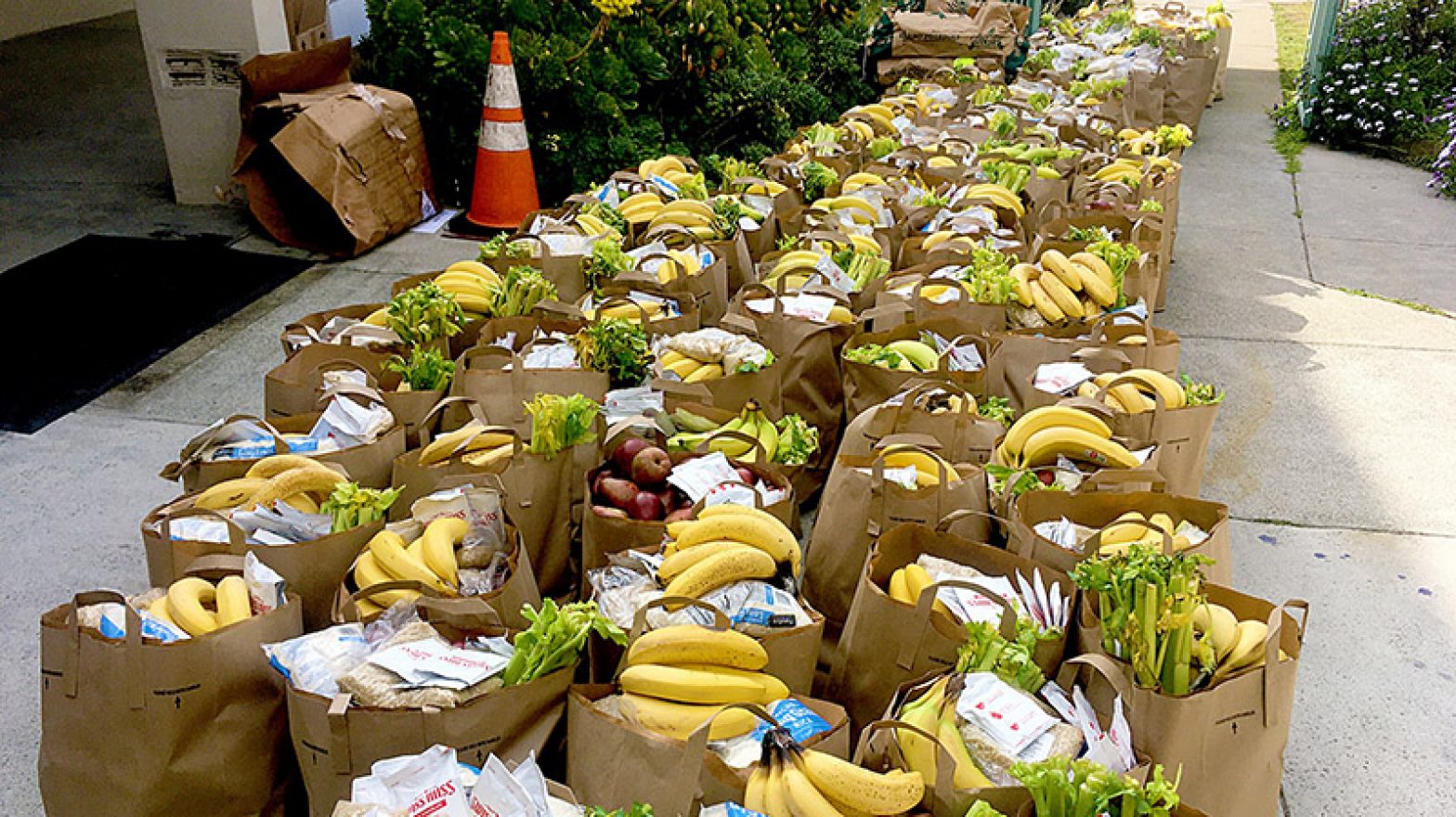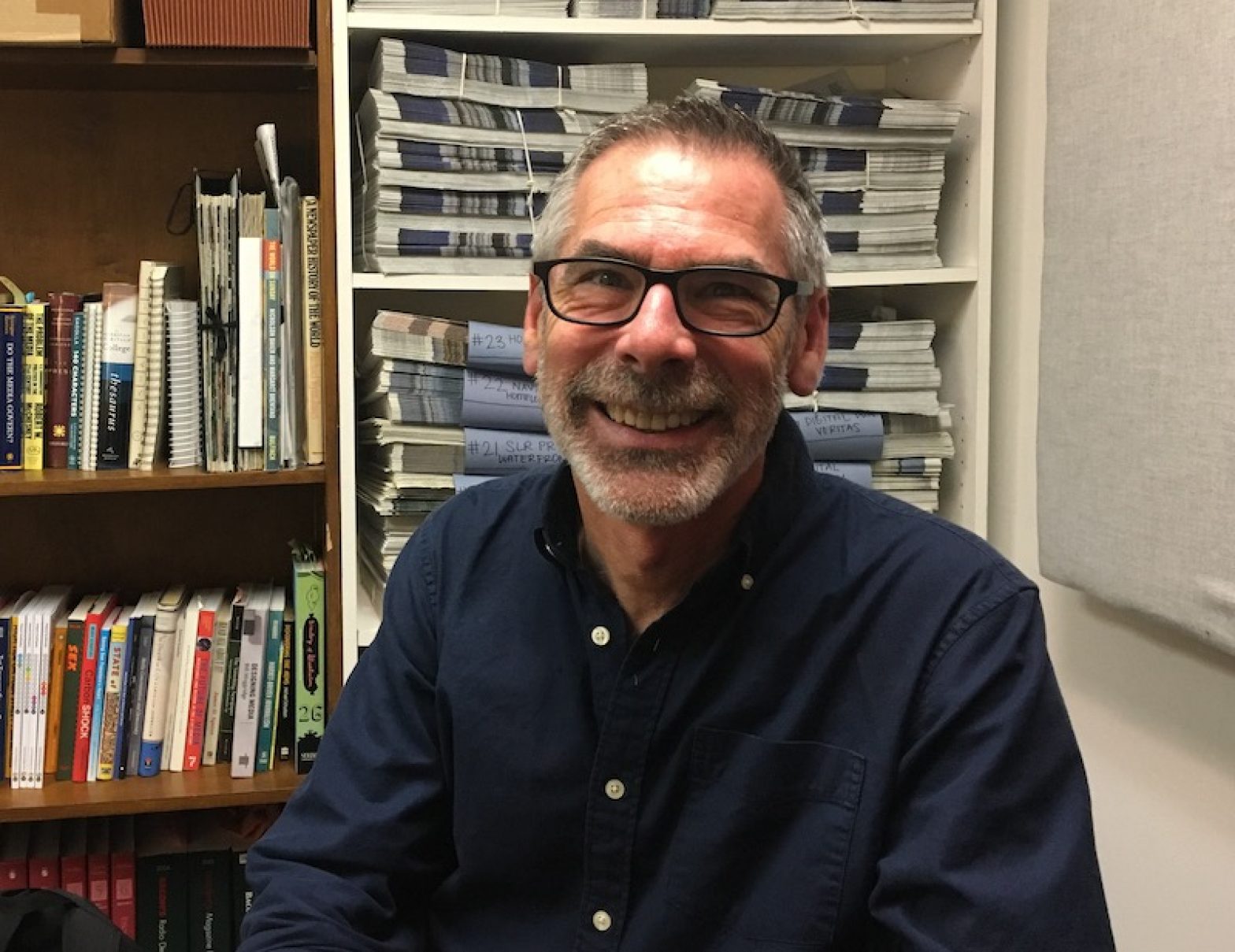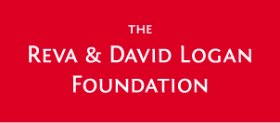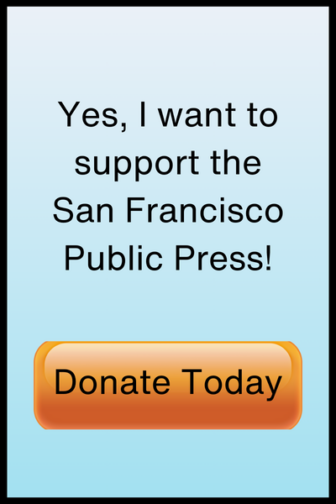Coronavirus
Treasure Island Organizer Fights to Make Residents Heard
When the shelter-in-place order went into effect in San Francisco to try to stop the spread of the coronavirus, Treasure Island was going into a different kind of isolation than the rest of San Francisco. The island has extremely limited public transit service, just one grocery store, no public school and experiences frequent blackouts.
